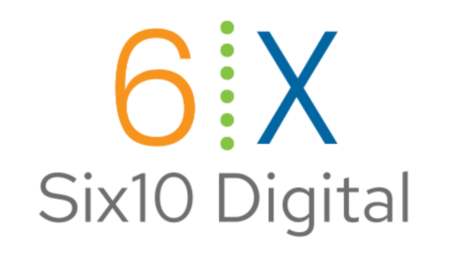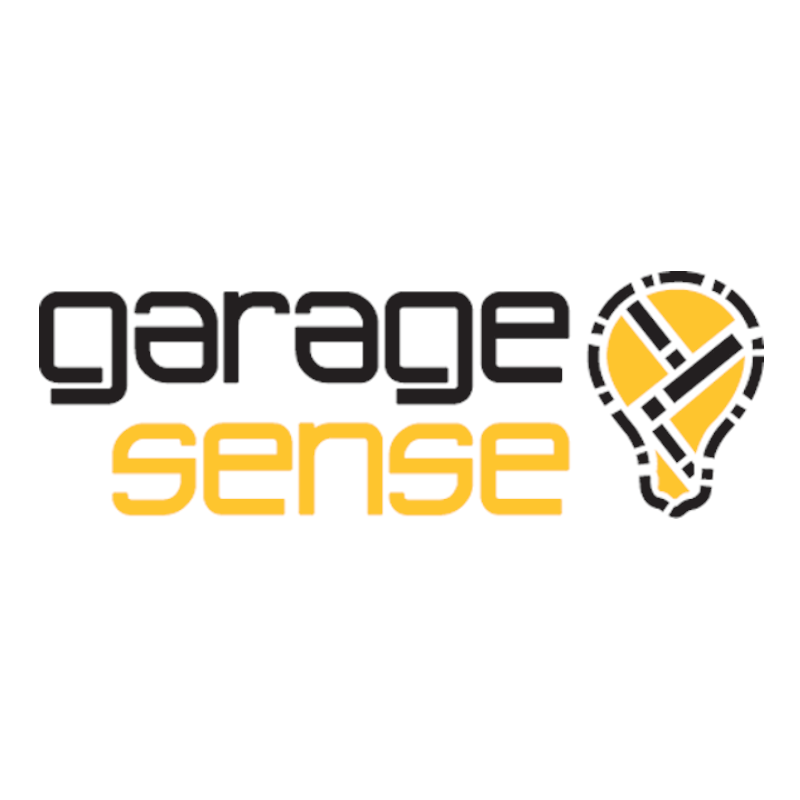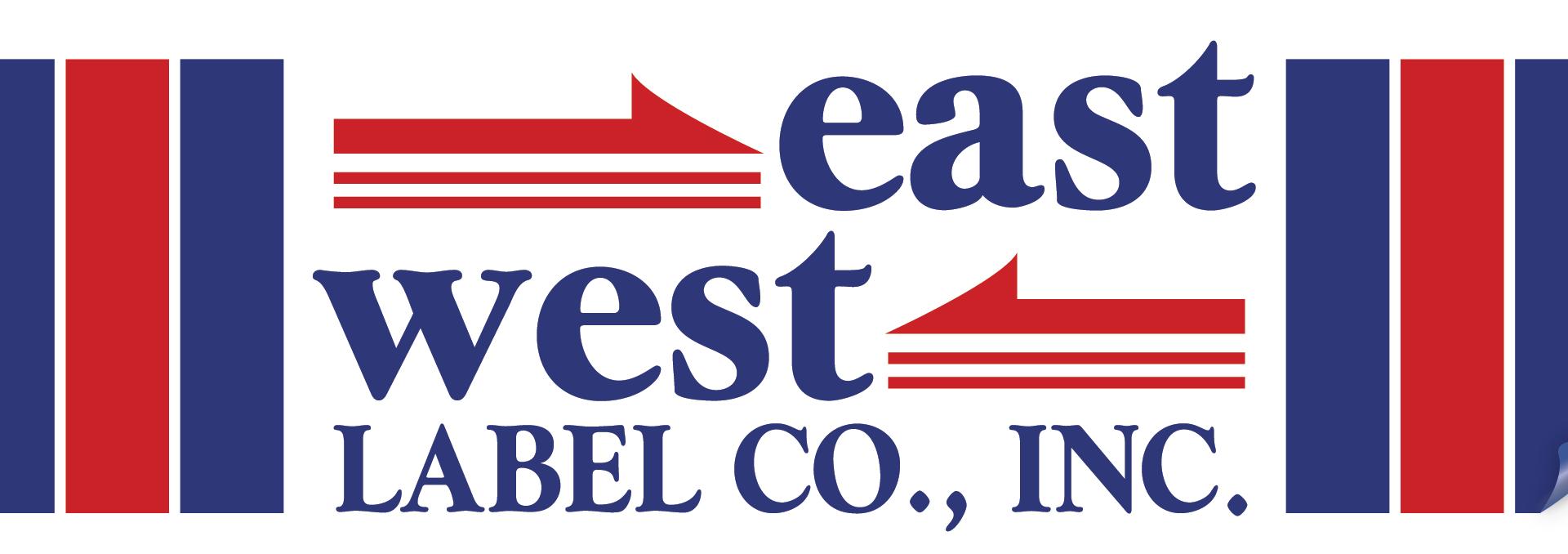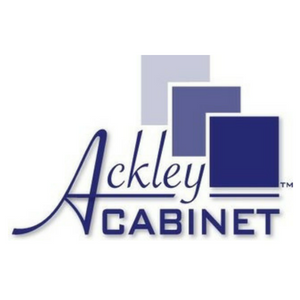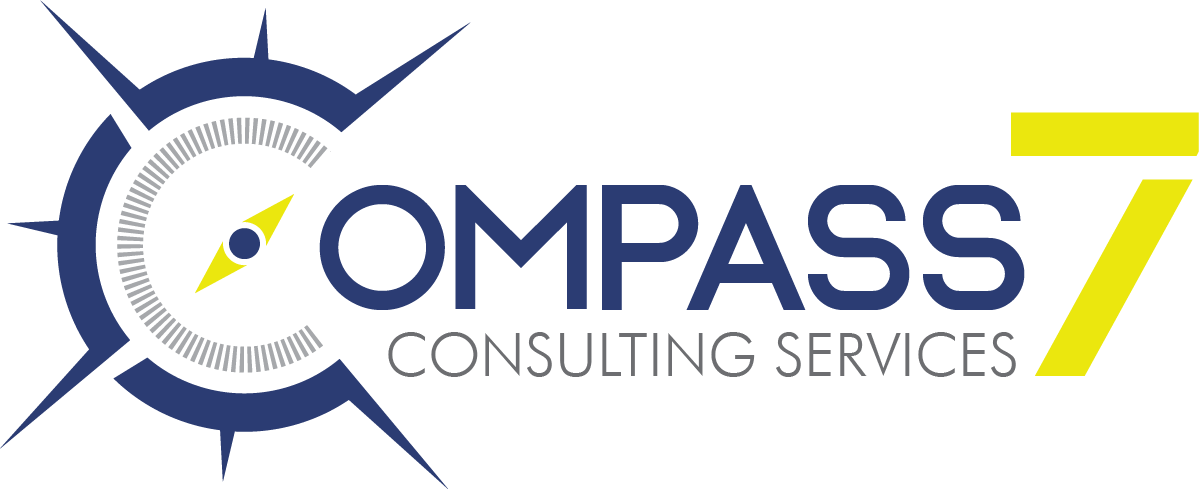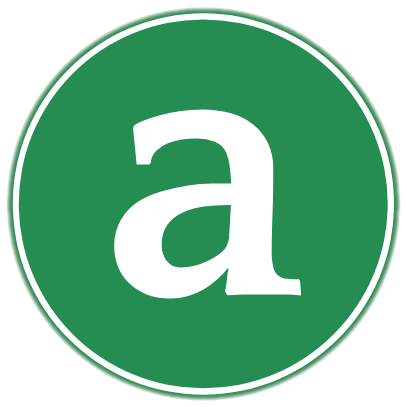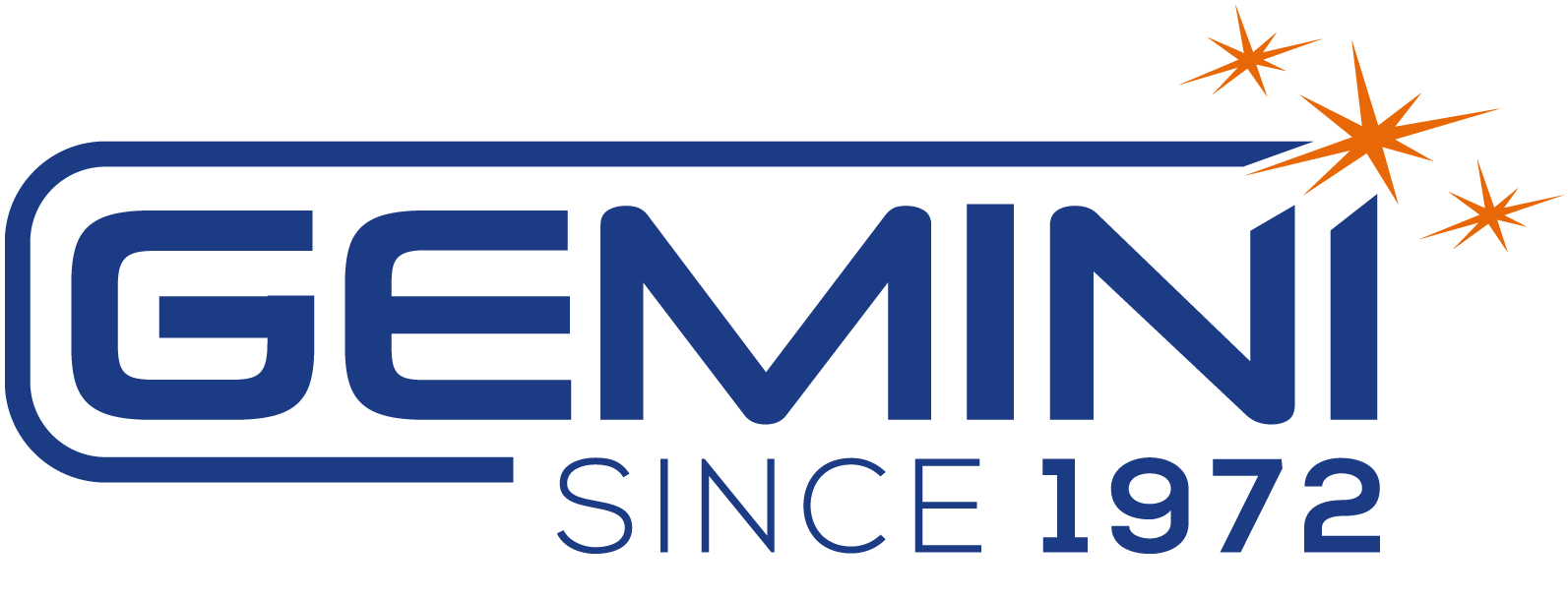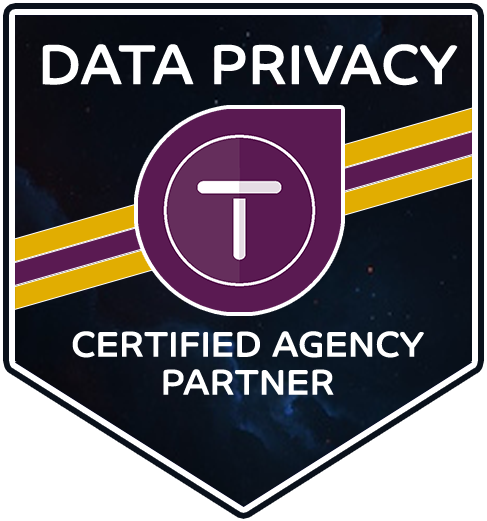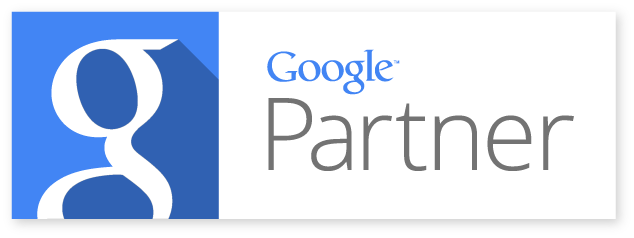Website Design + Development
Paid Advertising
Integrations + Automations
you're not just getting a web design agency
Welcome to Six10 Digital, where innovation meets experience in the digital realm. With two decades of expertise in digital marketing, we not only craft stunning WordPress websites but also serve as educators, empowering our clients every step of the way.
At Six10 Digital, we pride ourselves on creating top-quality, custom websites that are visually appealing, responsive, and accessible to all users. Alongside WordPress website design and development, we offer SEO and Paid Ads Management services to drive targeted traffic to our clients’ websites.
Our commitment to excellence ensures that your online presence is optimized for success. We believe in fostering long-term partnerships with our clients, working collaboratively to achieve sustainable growth. When you choose Six10 Digital, you’re not just getting a service provider – you’re gaining a dedicated team invested in your success.
what our clients say about us
dang, we're all smiles 😊 😁 🤩 😄
some of the clients we've partnered with
our partnerships, accredidations & memberships
stayin' updated & active
Resources & Blog
yup, we create content so YOU know what to expect!
